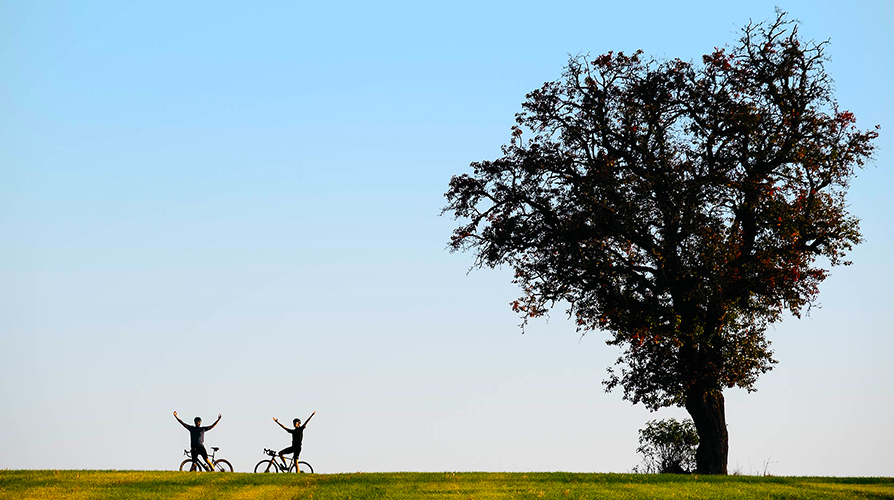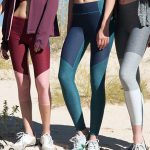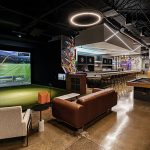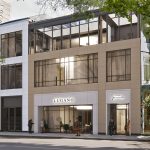Cycling sales increased 31 percent to $1.3 billion in the first quarter of the year, according to NPD.
“More than half of those sales dollars came in March as consumers sought stay-at-home fitness options and families reinventing recess due to school closures turned to cycling as a viable choice to satisfy entertainment and fitness needs,” said Dirk Sorenson, executive director, industry analyst, sports at NPD, in a statement.
Several categories had unprecedented increases in March. Within bicycles, electric and gravel bikes continued on their growth trajectory, up 85 percent and 20 percent, respectively, in March. Categories seeing revival included children’s (+59 percent in March), adult lifestyle (+121 percent), transit/fitness (+66 percent), and front suspension mountain bikes (+55 percent). In addition, trailers and trail-a-bikes showed strong growth, up 77 percent in March.
Trainers/rollers grew sales by over 250 percent in March and stationary bikes were up 171 percent. Sorenson suspected the growth in those two categories were largely due to the need for people to find new stay-at-home fitness options.
Sorenson added, “All of this growth generates an opportunity for cycling retailers and manufacturers: how to embrace a new group of customers expressing interest in cycling. I suggest the industry pay attention to two critical lessons we’ve learned recently: 1) the power of family cycling being an approachable, healthy, and safe activity, and 2) consumer willingness to invest in indoor bikes and cycling options for fitness.
“To attract and retain families, it’s time the industry looks at short-term improvements in the way it works with non-athlete cyclists to maintain enthusiasm. While I support conversations on how to make streets safer for cyclists, I suggest the industry also examine more basic and immediately controllable aspects of the ways it positions cycling to families, looking at retail merchandising to start. For independent bike shops, in-store messaging should focus on family. Family and trail-a-bikes should be placed in the front of the store and offerings shouldn’t be marginalized. Sales staff should be encouraged and trained to help with the basic questions a new family might ask about cycling, and encourage sales for this important segment.
“For broader retailers in the rest of the market, I would look long and hard at how bikes are initially built to assure that the first ride experience on a bike from a major retailer is a positive one. I would also determine how to merchandise bikes in a way that encourages interest. While I understand the need to assure profitability for every square inch of floor space, stacking bikes three rows high creates a new set of problems that retailers need to answer.”
Photo courtesy Gran Fondo
















